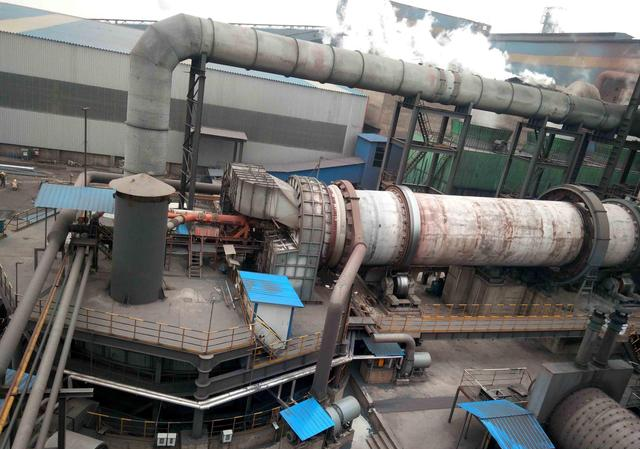1. Advantages and disadvantages of brick laying in rotary kiln
1. Advantages:
Rotary kiln bricklaying has many advantages over pouring. First of all, this production method can produce high-quality bricks, because the bricks have a smooth surface and uniform size, and can be used in projects such as construction and roads. Secondly, brick laying in a rotary kiln can greatly reduce the loss of bricks, which reduces production costs to a certain extent. In addition, the rotary kiln bricklaying is a continuous production, and the production efficiency of bricks is high, which is conducive to improving production efficiency.
2. Disadvantages:
At the same time, there are also some shortcomings in bricklaying in rotary kilns. First of all, using this production method requires professional bricklayers to produce and maintain bricks, so the labor cost is relatively high. In addition, bricklaying in a rotary kiln requires the use of a large amount of heat energy to fire the bricks, which is not conducive to environmental protection and also increases energy costs.
2. Advantages and disadvantages of pouring
1. Advantages:
Poured bricks are another production method that differs from rotary kiln bricklaying in that it pours the mixed material directly into the mould, rather than laying bricks one by one. Compared with rotary kiln bricklaying, the production process of poured bricks is simpler and does not require higher labor costs, which also results in lower production costs of poured bricks. In addition, the poured bricks have high density, good hardness, low water absorption, and have good mechanical properties and durability.
2. Disadvantages:
At the same time, there are some disadvantages to poured brick. First, the surface of poured bricks is not as smooth as rotary kiln bricks, making them unsuitable for projects that require a flat surface. Secondly, because the molding of poured bricks is different from the burning method of bricks laid in rotary kilns, there are some small cracks and blisters in the bricks, which affects the appearance. In addition, since the production process of poured bricks requires a large amount of cement and other raw materials, it is not conducive to environmental protection.
Comprehensive comparison of these two production methods, rotary kiln bricklaying is mainly suitable for projects that require higher brick quality such as buildings and roads, while cast bricks are suitable for use in projects with lower production costs and simple requirements. When choosing a production method, you can choose according to your own needs.



